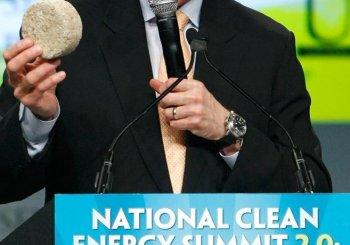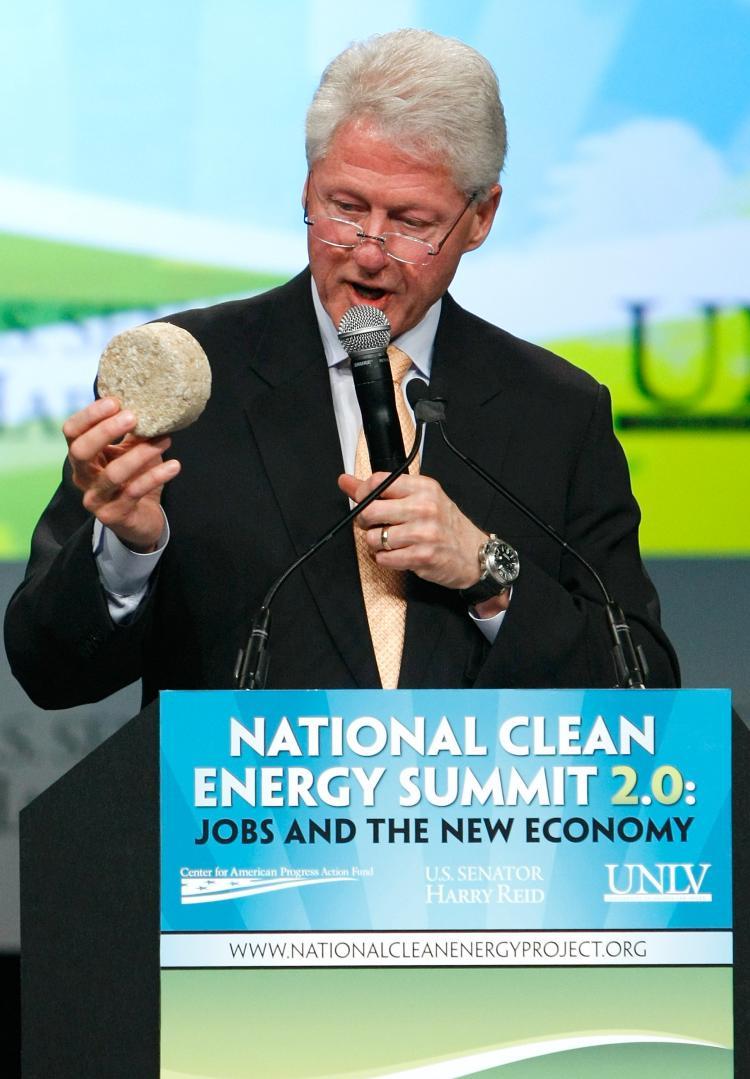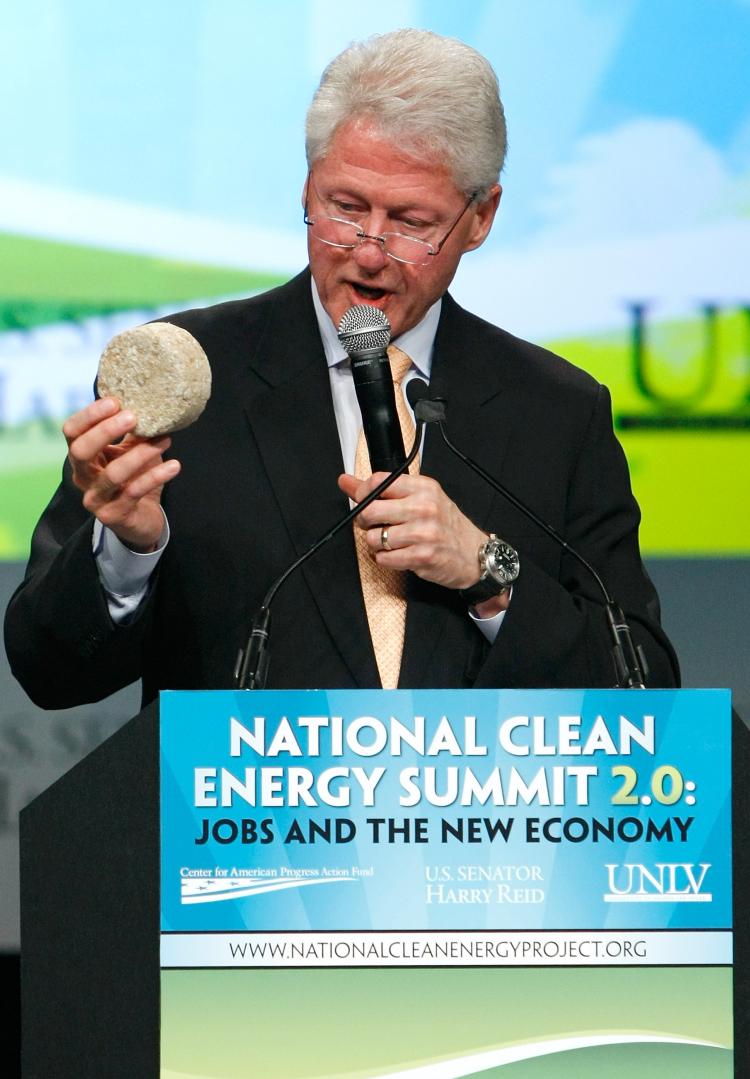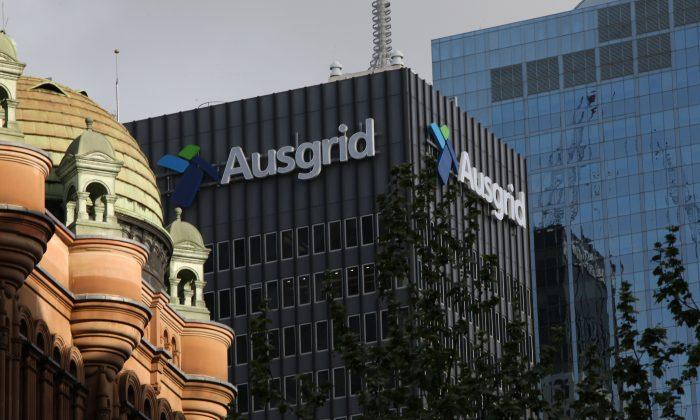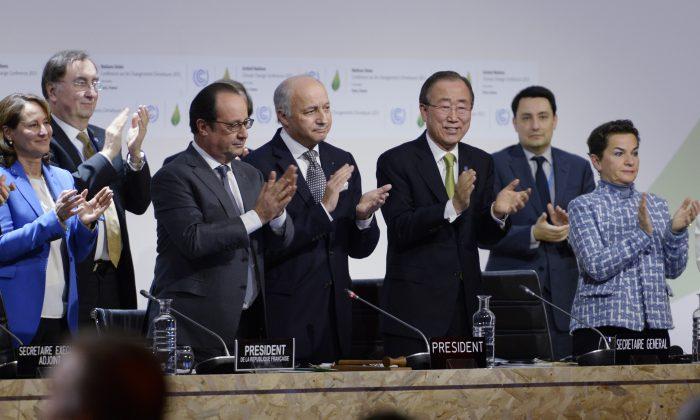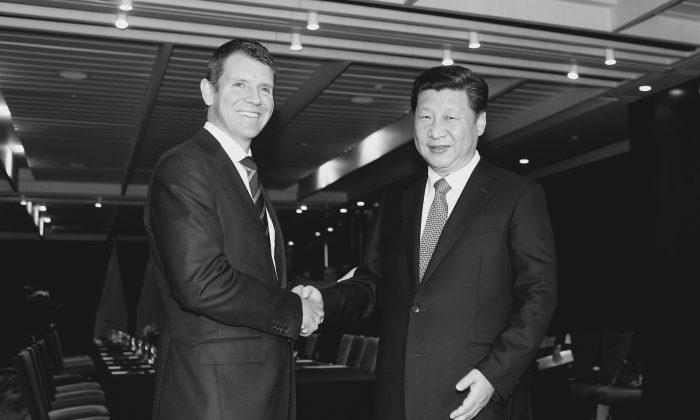In Haiti, the proliferating population’s quest for firewood has deforested this mountainous country, regularly washed by flooding rain. As a result, nearly a third of topsoil has been lost and Haiti can no longer feed itself. The recent earthquake highlighted the fact that many Haitians were subsisting in the country’s cities, forced off the land by the poor soil fertility and the inability to grow food.
Nathaniel Mulcahy, the founder of non-profit organisation World Stove, is using biochar technology to help developing nations.
“Biochar-producing stoves save fuel, reduce both emissions of greenhouse gasses and indoor—and outdoor air pollution,” he said. “In this way, we improve soils, preserve forests and bring better health and economic independence to people.”
Many Benefits
Biochar can be produced from urban, agricultural and forestry residues or biomass – from sugar cane waste and coffee hulls to palm fronds and paper mill pulp. It removes the need to harvest trees for firewood and charcoal by generating syngas and bio-oil for cooking, heating and drying, and even electricity generation. Biochar’s co-product is applied to soils with many carbon sequestration benefits including increased bio-available water and organic matter, enhanced nutrient cycling, and reduced leaching. It can also be used to filter water.
The International Biochar Initiative (IBI) is aiming to store 2.2 gigatons of carbon annually by 2050. This process was used thousands of years ago in the Amazon Basin where, anthropologists speculate, nutrient rich “terra preta” or “dark earth” was created by Indigenous people using cooking fires and middens to deliberately add charcoal to the soil.
IBI is developing cost effective approaches for the widespread introduction of biochar, for example the cocoa industry in Belize, rehabilitation of desert areas in Chile, and increasing agricultural production and rural income in Costa Rica.
Maintaining Traditions
Mr. Mulcahy recently joined the Haitian “building back better” recovery effort by introducing his patented Lucia stove to help locals produce “biochar” pellets. Its unique design incorporates venturi holes for negative pressure plus a Fibonacci spiral-styled flame cap to keep oxygen out of the pyrolisis chamber.
By respecting and maintaining cooking traditions, Mr. Mulcahy says the stove is more readily accepted in different cultures. He believes it is vital the developed world offers the world’s poor a clean efficient stove that fits their needs, rather than the other way around. Allowing users to cook on a gas flame as in “modern” kitchens, they can maintain cooking customs without environmental damage.
Within two months, Mr. Mulcahy redesigned the stove for Haiti’s tools, materials and fuels, prioritising safety as children are often in charge of cooking since the quake.
Mr. Mulcahy has now trained locals to build stoves suitable for domestic use, schools, orphanages, hospitals and refugee camps. The next phase is to work with the Haitian Government, United Nations Environmental Program (UNEP) and the World Food Programme (WFP) to create stove-manufacturing hubs, thus providing locals with thousands of jobs making and distributing biochar pellets. So far 48 agricultural co-operatives have agreed to provide crop waste for pellet production with farmers receiving a proportionate return of biochar to build soils and increase production.
